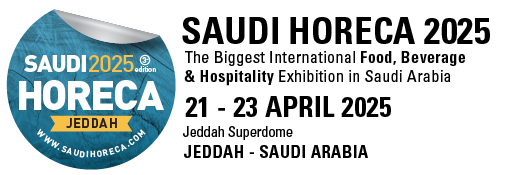About Saudi Arabia “KSA”
- Official name: Kingdom of Saudi Arabia
- Capital: Riyadh
- Total Population: 27,136,000
(Saudi's: 18,707,576; 68.9% ) (Non-Saudi's: 8,429,401; 31.1%)
Riyadh Population: 5,194,230
49.1% Females & 50.9% Males - Country code: +966
- Head of State: King Salman bin Abdul Aziz Al-Saud
- Annual number of Western tourists: 95,000
Language: Arabic
Religion: Islam 100%
Why Jeddah?
- Jeddah located on the coast of the Red Sea and is the major urban center of western Saudi Arabia.
- It is the largest city in Mecca Province, the largest sea port on the Red Sea, and the second largest city in Saudi Arabia after the capital city, Riyadh. The population of the city currently stands at over 4,7 million. It is an important commercial hub in Saudi Arabia.
- Jeddah is the principal gateway to Mecca, Islam's holiest city. It is also a gateway to Medina, the second holiest place in Islam. The Doyof Al Rahman program, a key part of Vision 2030, seeks to increase the number of pilgrims visiting the two holy mosques to 30 million a year, which will lead to a surge in tourists passing through Jeddah.
- Jeddah Central project that expected to achieve 47 billion riyals ($12.5 billion) in added value to the Saudi economy by 2030, given the region’s diverse economic features.
- Jeddah considered to be the leading tourism city in Saudi Arabia.
- 6,400 Hotel rooms are expected to be completed by 2022, which is in addition to the existing number of 13,760 thousand rooms.
Why Saudi Arabia?
 |
Population Saudi Arabia is the second largest arabian state and comprises the majority of the arabian peninsula and the population of the country is estimated to be around 34.14 million in 2019. |
 |
Food & Beverage Market Saudi Arabia’s Food and Beverage (F&B) market is the largest and most attractive in the Middle East during 2018-19, valued at $45 billion. |
 |
Food & Beverage Consumption The average household reportedly spends 18% of its total expenditure on F&B, meaning the Kingdom’s domestic demand amounts to 60% of total consumption in the GCC. |
 |
Food retail Market The food retail market in Saudi Arabia to grow at a CAGR of around 5% by 2020. |
 |
Halal Food Market The Kingdom’s halal food market is currently worth $6 billion, but it has the potential to take a substantially bigger share of the $1.3 trillion global halal market. |
 |
Food & Beverage Investment According to the Saudi Arabia General Investment Authority (SAGIA), the Kingdom is expected to see around $59 billion worth of investment in its food industry by 2021. |
 |
Food Import 2018 also saw a 10% increase in food imports, and that figure is expected to increase to $35 billion by 2020, raising the prospect of significant import-substitution opportunities for Saudi F&B producers to serve the untapped demand for local dairy, meat and fruit products. |
 |
Seafood Saudi Arabia’s seafood consumption is expected to grow by 7.4% p.a. reaching 500,000 tons in 2030 |
 |
Packaging Saudi Arabia maintains 70% of the packaging industry, which is witnessing an expansion rate that ranges from 5% to 15% annually. |
 |
Hospitality development Riyadh and Jeddah continue to rank highly in the Middle East’s top 10 most active cities for hospitality development, sitting third and fourth respectively. |
 |
Hotels The hospitality industry’s growth shows no sign of slowing with 64,000 hotel rooms and 187 hotel projects forecast to be added to current supply in 2019. |
 |
investments in leisure and entertainment The recent change in legislation to promote tourism in the country in addition to investments in leisure and entertainment, has enhanced opportunities for more diverse stock in the medium and long-term. |
 |
Hospitality sector in Riyadh The hospitality sector in Riyadh is broadening due to the country’s fledgling entertainment sector, according to CBRE. |
 |
Travel booking Travel bookings in the Kingdom are considered the largest in the Middle East and North Africa (MENA) - worth more than $25 billion each year - so while other sectors’ growth might be decreasing. |
 |
Leisure tourism Saudi Arabia is currently in the midst of expanding its leisure tourism sector and expects 30 million visitors annually by 2030. |
 |
International Visitors Total international overnight visitor arrivals in Saudi Arabia topped 16.1m in 2017, alongside a 10.5% year-on-year increase in expenditure to $14.8bn. |
 |
Business travelers Business travelers will be a key driver for revenues, with the WTTC’s 2018 report underlining that 52.8% of tourist spend in Riyadh is accounted for by corporate visitors. |


Follow Us: